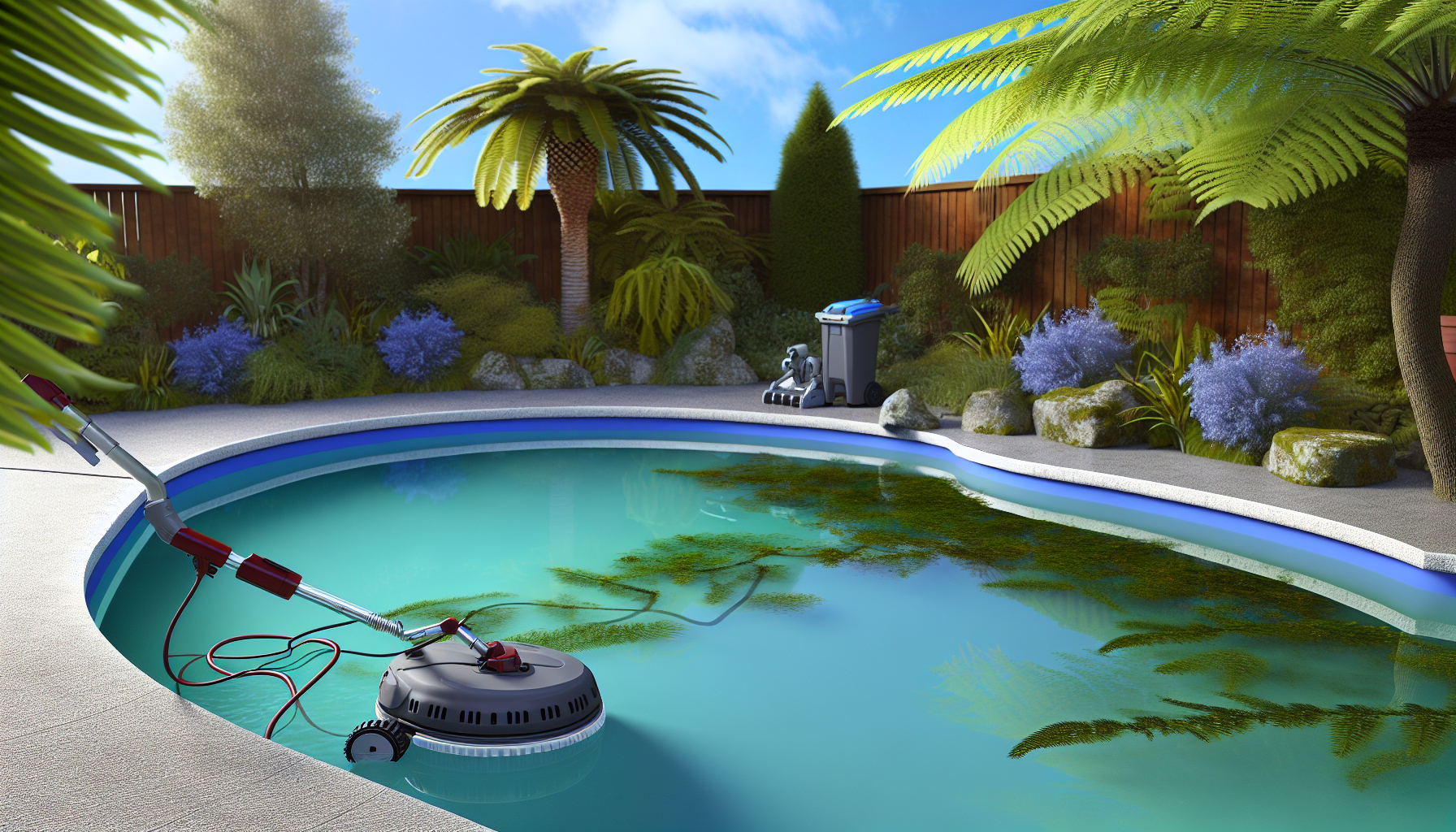If you’ve ever walked outside, ready for a swim, only to find your pool looking more like a swamp, you’re not alone. Algae can take over fast, especially during the warmer months in New Zealand. And let’s be honest—no one wants to spend hours scrubbing the pool walls. The good news? You don’t have to. Here’s how to get rid of algae without breaking your back.
Shock It Like You Mean It
First things first—pool shock. This is the easiest way to kill off algae fast. You’ll want to go heavy-handed on this one. Normal shock treatments won’t cut it if your pool looks like it’s been taken over by a green (or worse, black) tide. Use a strong chlorine shock, and make sure it’s at least 70% calcium hypochlorite—this hits algae hard.
If you’re in New Zealand, stores like Bunnings and Mitre 10 sell pool shock, and you can often find it at local pool stores like Pool & Spa Warehouse. Just make sure you check whether you’re getting chlorine or non-chlorine shock—chlorine-based is best for algae.
Here’s how to do it:
- Add the shock at night so the sun doesn’t break it down too fast.
- Pour it directly into the water, especially where algae is worst.
- Run your pool pump for at least 24 hours to circulate the chlorine properly.
Use an Algaecide (But the Right One)
Shock kills algae, but an algaecide helps keep it from coming back. Not all algaecides work the same way, though. If you’re dealing with green algae, a basic algaecide with copper will do the job. But if you’ve got black algae (the stubborn kind that sticks to your pool walls), you’ll need something much stronger, like a quat or polyquat algaecide.
You can grab algaecide from Para Rubber or check with your local pool shop to get one suited for Kiwi conditions. Just follow the instructions—using too much can actually make your pool foam up like a bubble bath, and nobody wants that.
Let Your Filter Do the Hard Work
Once you’ve hit the algae with shock and algaecide, the real work begins—for your filter. Your pool will start looking cloudy as the algae dies, but that’s totally normal. The filter is what clears out all the dead stuff.
Here’s what to do:
- Run your pump non-stop for at least 24–48 hours.
- Backwash your filter regularly if you’re using a sand filter.
- If you have a cartridge filter, clean it thoroughly after a day or two.
If your filter isn’t doing the job and you’re still seeing green, it might be time to look at upgrading. Check places like Trade Tested for replacement filters or pool pumps that suit your setup.
Floc It and Forget It
If your pool still looks like a murky mess after all this, flocculant (or “floc”) is your best friend. Think of it like a magnet for algae and dirt. It clumps everything together and drops it to the bottom of the pool, so you can easily vacuum it up.
- Turn off the pump and let the floc do its thing overnight.
- In the morning, you’ll see all the debris settled at the bottom.
- Use a pool vacuum (not a robotic one—go manual) to suck it all up.
You can pick up floc from Bunnings or pool specialists like Elite Pool & Spa.
Keep It From Coming Back
Now that your pool is clear again, the last thing you want is to deal with algae all over again. Here’s how to prevent that:
- Keep chlorine levels steady—test your water regularly with a kit from Mitre 10.
- Run your filter daily—at least 8–12 hours, especially in summer.
- Brush the walls every now and then—we know, you wanted to avoid scrubbing, but once a week is way easier than tackling a full-blown algae invasion.
No Scrubbing, No Stress
That’s it. If you shock it, kill it with algaecide, and let the filter do its thing, you won’t have to spend hours scrubbing away at algae. And if things get really bad, a bit of floc will finish the job.
So next time your pool starts turning green, don’t panic. Just grab the right chemicals, fire up your filter, and let science take care of the rest.


Leave a Reply